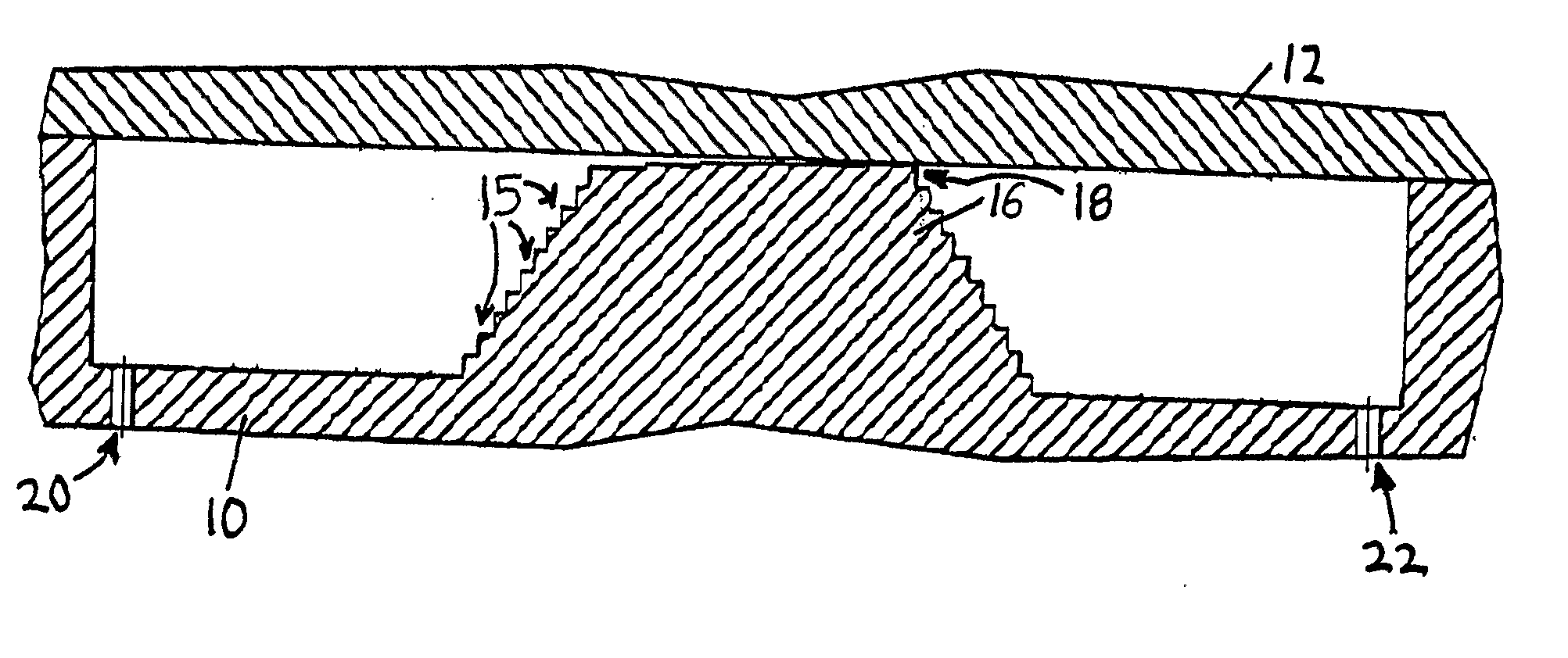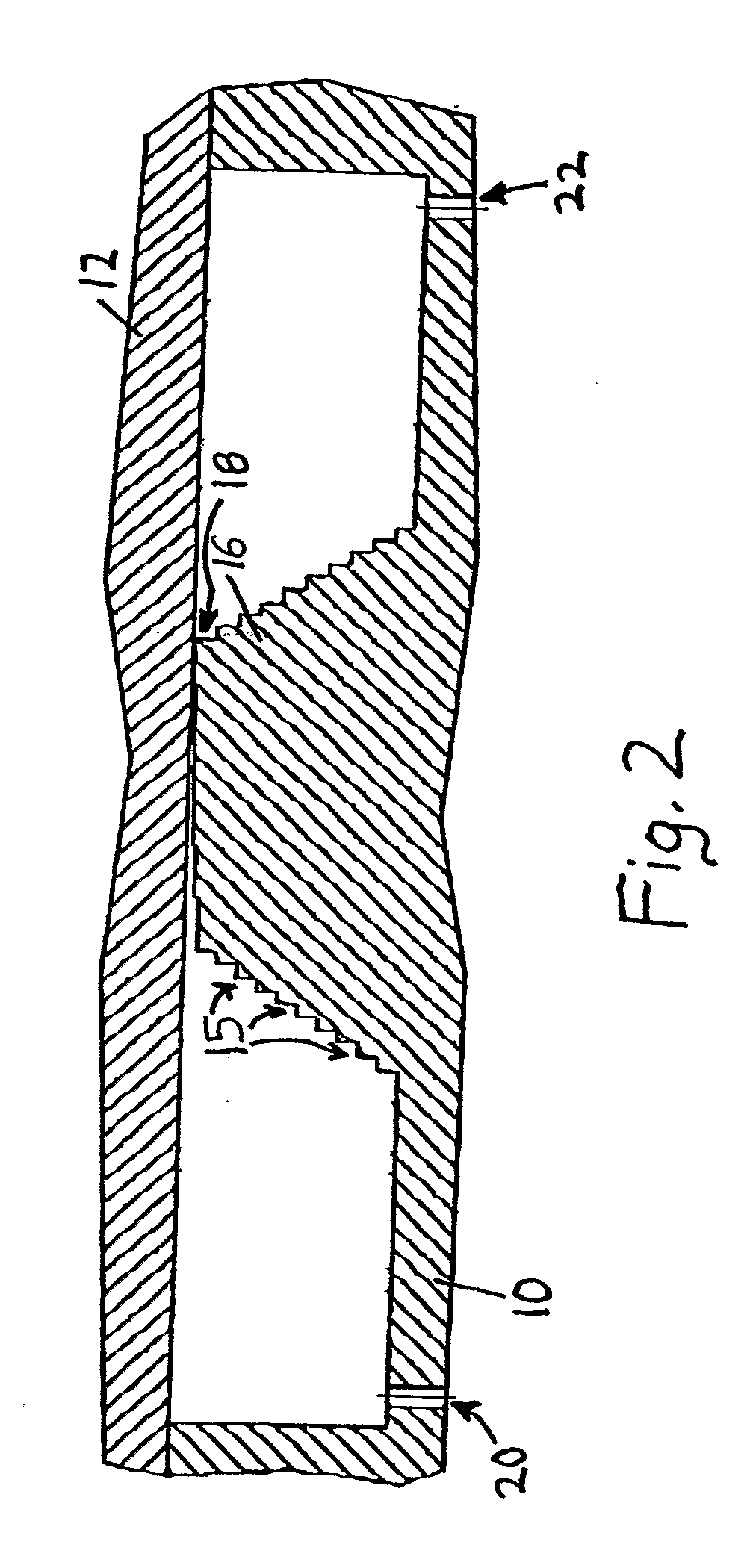Microstructure for particle and cell separation, identification, sorting, and manipulation
a technology of microstructure and particle, applied in the field of microstructure for particle and cell separation, identification, sorting, and manipulation, can solve the problems of multiple features, lack of flexibility, and high price of devices, and achieve the effects of reducing the difficulty of hematopoietic (and other) stem cells, and improving the quality of li
- Summary
- Abstract
- Description
- Claims
- Application Information
AI Technical Summary
Benefits of technology
Problems solved by technology
Method used
Image
Examples
Embodiment Construction
[0016] The invention relates to an apparatus for separating cells on the basis of one or both of their size and geometry. The apparatus comprises a body having a void therein. The void has an inlet region and an outlet region and can be filled with fluid. A separation element separates the inlet and outlet regions of the void and has at least two steps with characteristic heights. A cover is disposed across the void, and covers at least the portion of the void wherein the highest portion of the separation element occurs. Thus, fluid flow through the device passes from the inlet region, across and over the separation element, and into the outlet region.
[0017] In one embodiment, the cover is disposed across substantially the entire area of the void, yielding a closed fluid system. If fluid flow through the system is desired, the cover, the body, or both, can have inlet and an outlet ports. The ports can be simple holes which extend through the cover or body, or they can have fixtures...
PUM
| Property | Measurement | Unit |
|---|---|---|
| height | aaaaa | aaaaa |
| height | aaaaa | aaaaa |
| height | aaaaa | aaaaa |
Abstract
Description
Claims
Application Information
 Login to View More
Login to View More - R&D
- Intellectual Property
- Life Sciences
- Materials
- Tech Scout
- Unparalleled Data Quality
- Higher Quality Content
- 60% Fewer Hallucinations
Browse by: Latest US Patents, China's latest patents, Technical Efficacy Thesaurus, Application Domain, Technology Topic, Popular Technical Reports.
© 2025 PatSnap. All rights reserved.Legal|Privacy policy|Modern Slavery Act Transparency Statement|Sitemap|About US| Contact US: help@patsnap.com



